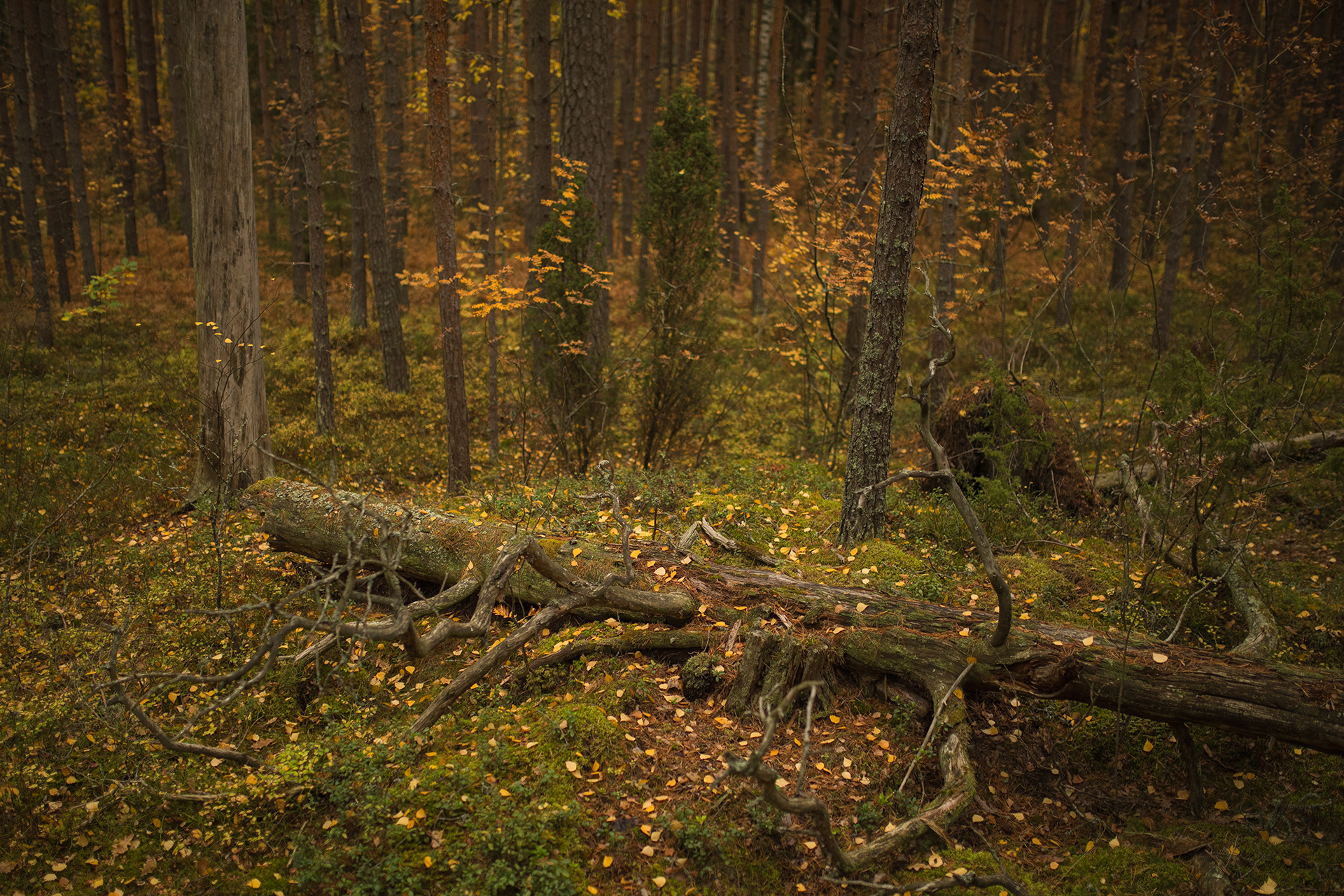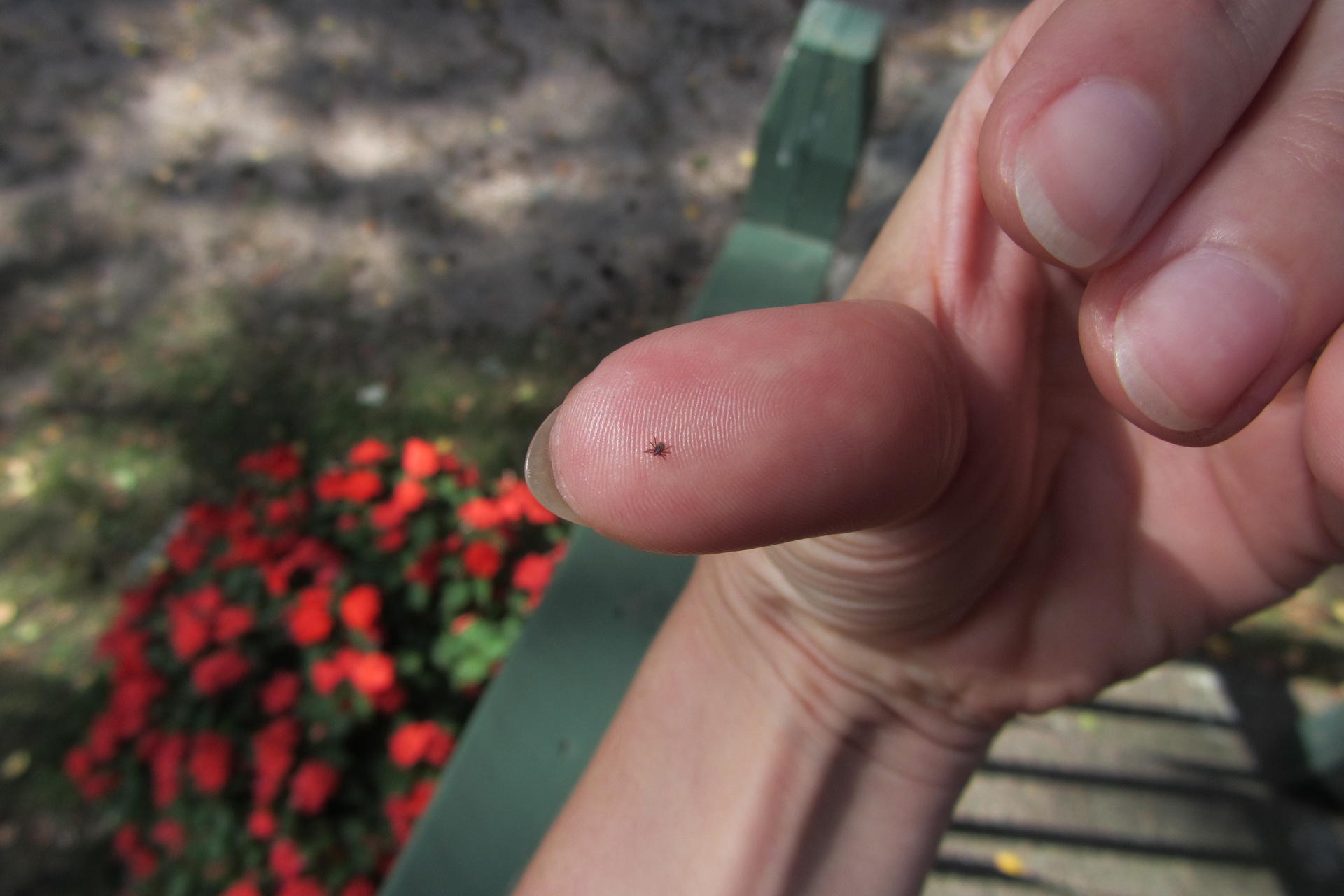Autumn is the time to make a deposit in the seed bank
The seeds of different plant species within the soil are collectively called the soil seed bank. There they can lay dormant, patiently waiting years or even decades for the right conditions to germinate, at which point they return to the surface as new plants. Depending on the species, factors that can make seeds germinate and flourish include warmth, sunlight, moisture or the disruption of the soil.
The soil seed bank is crucial for the functioning of the ecosystem. Even if plants were to fail to produce any seeds one year, there are enough reserve seeds in the soil from previous years to ensure the future of the species. The soil seed bank is also a gene bank, as it contains seeds from multiple years, the genes of which differ from one another. People have copied the idea of the soil seed bank in the Svalbard Global Seed Vault (the so-called ‘Doomsday Vault’), in which nearly a million seed samples are stored ‘for a rainy day.’

